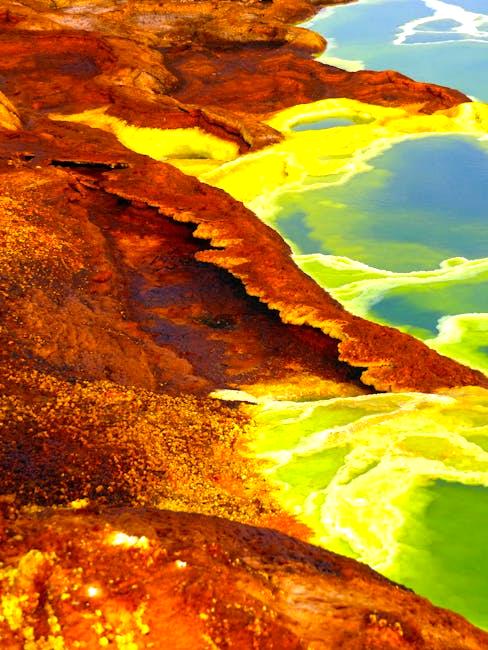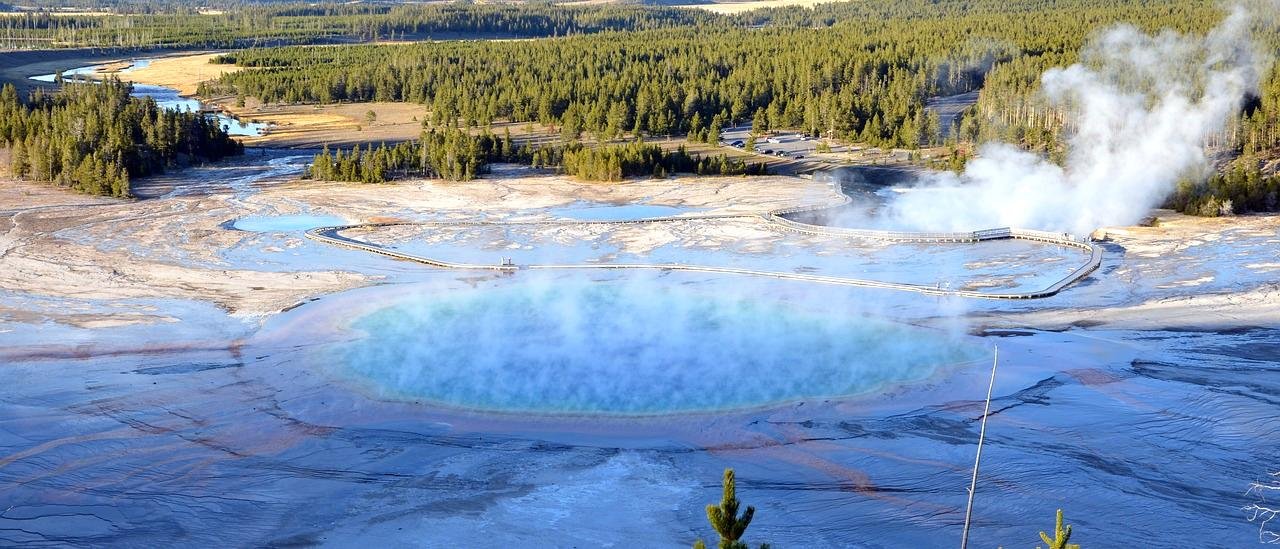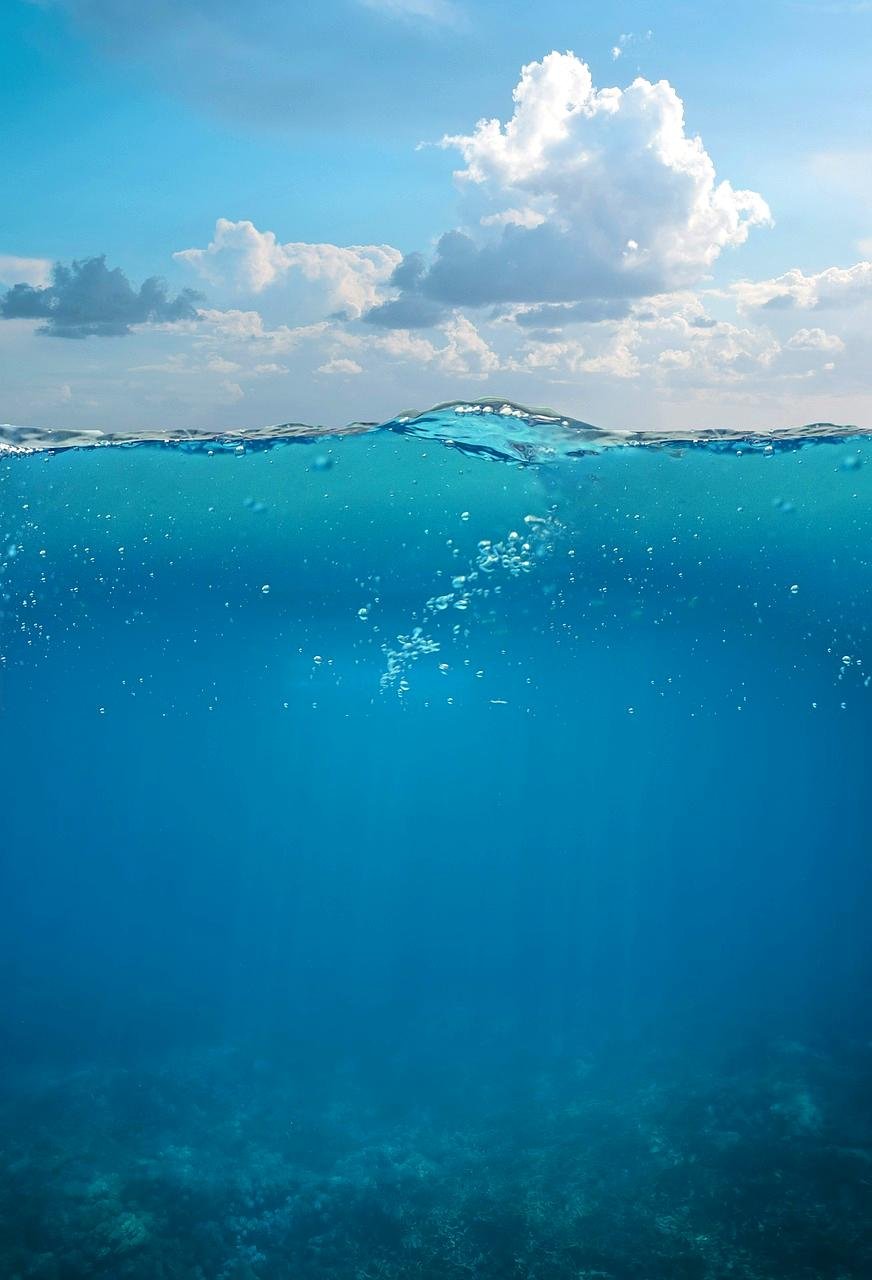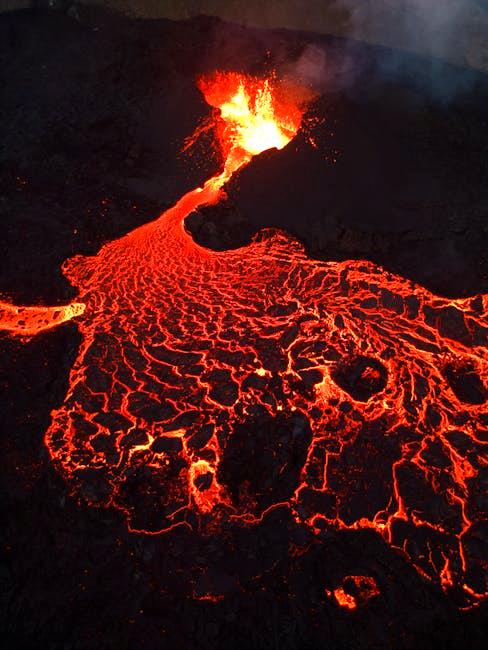Volcanoes have always fascinated humanity with their fiery tempers and earth-shaking roars. Most of us know the basics, but there’s a world of surprising and mind-boggling facts that will make you see volcanoes in a whole new light. Let’s dive into the explosive details of the world’s most captivating natural phenomena.
The Tallest Volcano: Mauna Kea
When you think of the tallest mountains, instinctively, Mount Everest comes to mind. But here’s a shocker: Mauna Kea in Hawaii takes the crown as the tallest volcano on Earth. Measuring over 10,200 meters from its base on the seafloor to its summit, it surpasses Mount Everest in sheer height! However, because much of Mauna Kea is submerged, its grandeur is often overshadowed. Mauna Kea is not just a natural wonder but also a cultural icon for Hawaiian locals, representing their deep connection to nature. The summit of Mauna Kea is sprinkled with telescopes, making it crucial for astronomical research. So the next time you watch the stars, remember you’re peering through a space once dominated by lava!
A Planet of Volcanoes

Earth is not alone in its volcanic abundance. Our neighbor, Mars, boasts of Olympus Mons, standing an impressive 21.9 kilometers high. This behemoth isn’t just the biggest volcano on Mars but the largest in the entire solar system! It dwarfs every volcano on Earth, painting a picture of the fierce volcanic activity that probably erupted billions of years ago. An eruptive force of this magnitude is hard to imagine, but it points to a violent past that shaped the Martian landscape. Scientists are still unlocking the secrets of Olympus Mons, paving the way for understanding our universe’s fiery beginnings.
Lava Isn’t Always Red

Lava, in common perception, blazes in a classic fiery red. But color isn’t as straightforward as it seems. Depending on its temperature and composition, lava can glimmer in hues of orange, red, yellow, or even seem black once it cools. The science of this mesmerizing spectrum lies in the minerals found within. For example, hotter lava often glows a bright yellow, akin to the sun. Once it cools, the black hue signifies its transition to solid rock. Witnessing these colors is like attending a natural art exhibit, showcasing the diverse palette Mother Nature employs.
Volcanoes Create New Land
The notion of volcanoes as destructive forces isn’t the whole story. In fact, they play an essential role in crafting new land. The Hawaiian Islands themselves were born entirely from volcanic activity, rising from the oceans as molten rock cooled and solidified. These underwater eruptions are not relics of the past; they are dynamic processes happening today, slowly gifting more landmass to the planet. It’s a fascinating thought — what is now a thriving island community was once an ocean floor, transformed by the relentless power of volcanic forces. Volcanoes are nature’s architects, expertly molding the face of the Earth.
Volcanic Lightning
Did you know that volcanic eruptions can also host spectacular light shows? During such eruptions, the ash clouds generated are charged with electricity, leading to volcanic lightning events known as “dirty thunderstorms.” This phenomenon transforms an already dramatic eruption into a heavenly fireworks display. In these already chaotic conditions, lightning bolts crack through the sky, briefly illuminating the ash cloud’s billows. These electrifying events are a potent reminder of the powerful forces at play, and they attract storm chasers and scientists alike, compelled by the allure of this natural spectacle.
Supervolcanoes Exist

The term “supervolcano” conjures images of catastrophic eruptions, and that’s not far from reality. Yellowstone National Park in the United States rests on a slumbering giant—a supervolcano capable of eruptions much more powerful than typical ones. Its last eruption occurred 640,000 years ago, and its potential energy remains a subject of concern and study. The significance of these supervolcanoes lies in their ability to alter global climates significantly and, therefore, they are constantly monitored for signs of activity. While they sleep, humanity continues to speculate and prepare for what would be a truly global event if awakened.
Underwater Volcanoes

More than 75% of the Earth’s volcanic activity takes place beneath the ocean’s surface. The vast Pacific Ocean, holding the infamous “Ring of Fire,” is particularly rife with these submerged marvels. While we might not witness them firsthand, their effects are felt far and wide through seismic activities and nutrient-rich plumes that rise to support marine life. Underwater eruptions are not silent, but they become part of the symphony of the ocean’s deep sounds. They offer a hidden realm of discovery, enigmatic in their concealed power, persistently fueling the dynamic geology of our planet.
A Vital Role in Climate
Volcanoes do more than shape landscapes; they also influence our climate. When they erupt, they spew gases such as sulfur dioxide, which can reach the upper atmosphere and reflect sunlight, temporarily cooling the Earth. This process acts as a natural air conditioner that, albeit briefly, impacts weather patterns globally. These climatic effects, while temporary, exemplify the far-reaching consequences of volcanic activity. Understanding these effects is crucial for scientists, who study them to predict weather changes and prepare for potential disruptions to our everyday climate.
The Fastest Lava Flows

When thinking about danger from a volcano, lava flows might not seem the most menacing—after all, they move slowly, right? Not always! Lava flows can reach astonishing speeds of up to 60 kilometers per hour, as demonstrated by Mount Nyiragongo in Congo during its 1977 eruption. These blazing rivers of molten rock can engulf landscapes in minutes, leaving little time for evacuation. Such speedy flows are a stark reminder of the unpredictable nature of volcanic activity, where serene periods can give way to rapid and destructive forces within moments.
Volcanoes on the Moon

The Moon may appear calm and cratered, but once, it too had volcanic activity. These ancient eruptions formed the lunar “maria,” the dark plains that create the familiar face we see from Earth. These volcanic plains were the result of vast lava flows that spread across the surface billions of years ago. They are captivating reminders of the Moon’s fiery history, a story etched in the soft glow of our night sky. Volcanic activity has since ceased on the Moon, but its heritage remains, inspiring wonder and curiosity.
And there we have it—ten fascinating and mind-blowing facts about the world’s most enthralling volcanoes. From icy moons to fiery planets, volcanoes hold mysteries and marvels waiting to be discovered.
